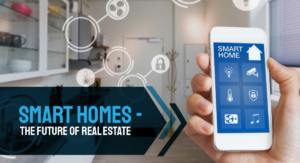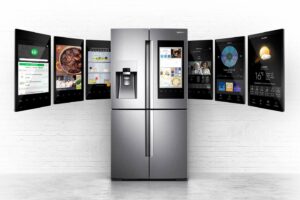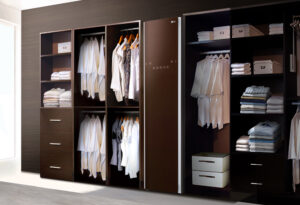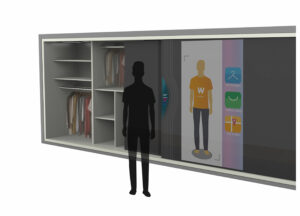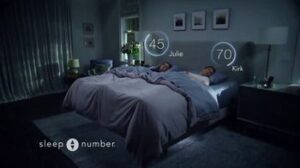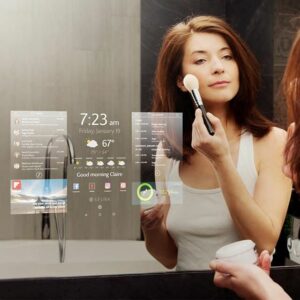Smart Homes of the New Decade
If there’s one thing that’s certain in an increasingly uncertain world, it’s that technology is evolving faster than ever. Since the turn of the century, the Internet of Things (IoT) devices such as Google Home and Alexa have matured significantly and continue to do so today. The past two decades brought us smartphones, LTE internet, and the infinite dot com world we know today. So, what will the new decade deliver and how will it change our daily lives?
Perhaps the biggest improvement we will see in smart homes is the standardization of home automation platforms. Nowadays, people who buy smart devices such as Hue lights or a Nest thermometer are conflicted as to whether they should get a Google Home or an Amazon Alexa to control their devices. As more products are introduced into the market, the primary concern for the makers of these smart devices will be compatibility with other devices. Another improvement we will see is the introduction of new devices that we never thought we needed (until now). Think of the unthinkable – smart living areas, bedrooms, kitchens, bathrooms, and even wardrobes. Ikea’s built-in wireless charging in its nightstands seem primitive to companies working on changing the comfort of your sofa and bed with an application. Sleep Number is working on a bed that will automatically adjust according to your sleep (think, raising the head of your bed if you snore and changing the temperature according to the season).
Samsung has already developed smart kitchen devices such as a refrigerator that has a screen which shows you what you have in your fridge so that you don’t have to guess whether you have enough eggs for a recipe or not. Smart kitchen shelves will allow you to keep track of the pantry, find recipes for what ingredients you have on hand, and make shopping lists. Lastly, we all have the fear of thinking we look good in front of a mirror at home but often think we look different according to the lighting (and we do). Smart mirrors will adjust the light to “makeup lighting”, “club lighting”, and “restaurant lighting”, all while playing your favorite music as you get ready to go out. This is on top of the smart closets and dressing tables that will not only help organize clothes but can help you choose which outfit you want with the help of your smart mirror simulating what you would look like with certain clothes on.
Besides the obvious appeal of how nifty these shiny devices are, there is an important factor to consider – smart homes will influence home sales in the future. As new properties are built and compete against each other for innovative features such as dimmable windows and sensor technology, homebuyers going into the new decade will expect homes to have at least some smart features. The smarter the home, the more likely the buyer is to consider that over a standard single-family home. Features that save money such as smart thermometers and smart lights are worth the investment if the buyer wants to spend less on energy bills and live a little greener.
All in all, with every new decade comes new “revolutionary” devices as the tech companies call them. It is up for people to decide what they want and what they don’t want in their homes. However, smart homes will not only be more common from here on out, they will surely be sought after more than standard homes. All we can do now is wait to see what the new decade will bring to our lives, and with technology advancing more rapidly than ever the possibilities are endless.
